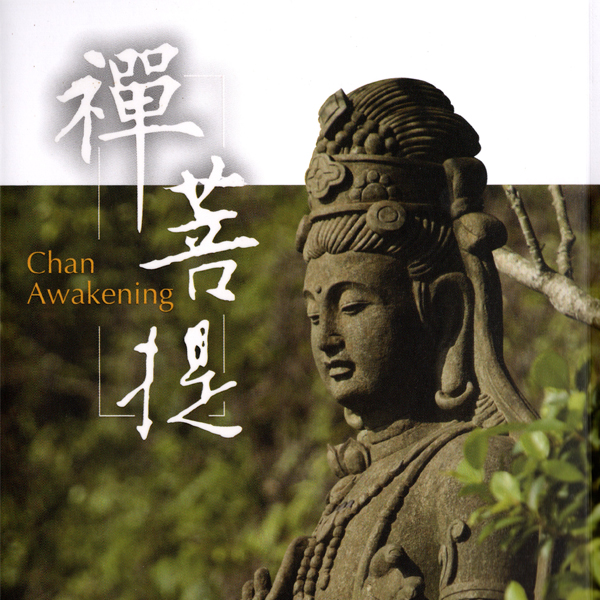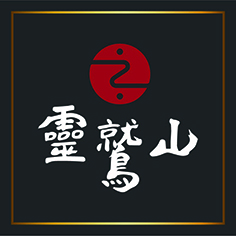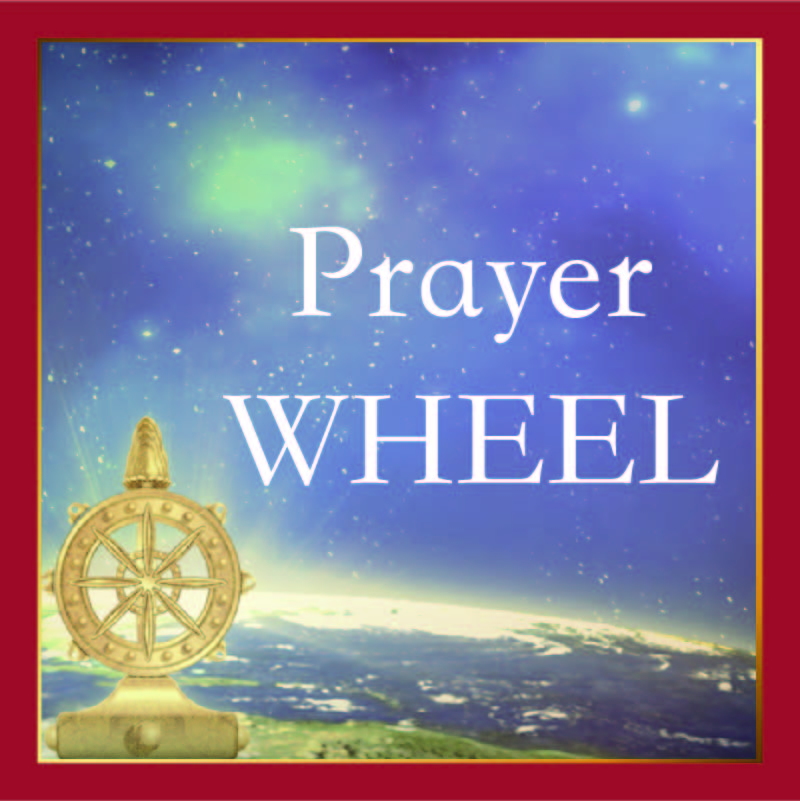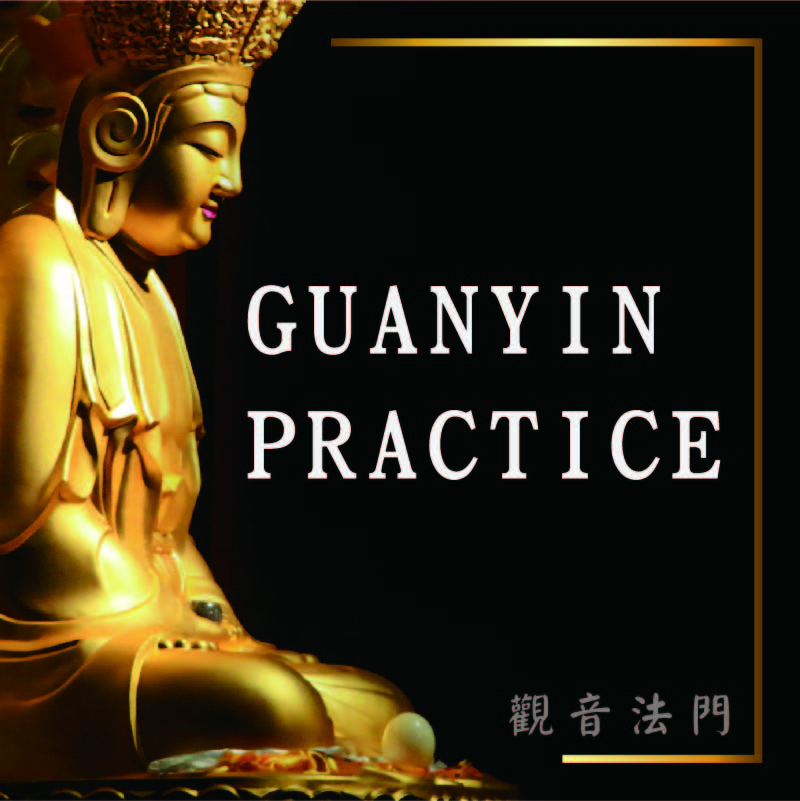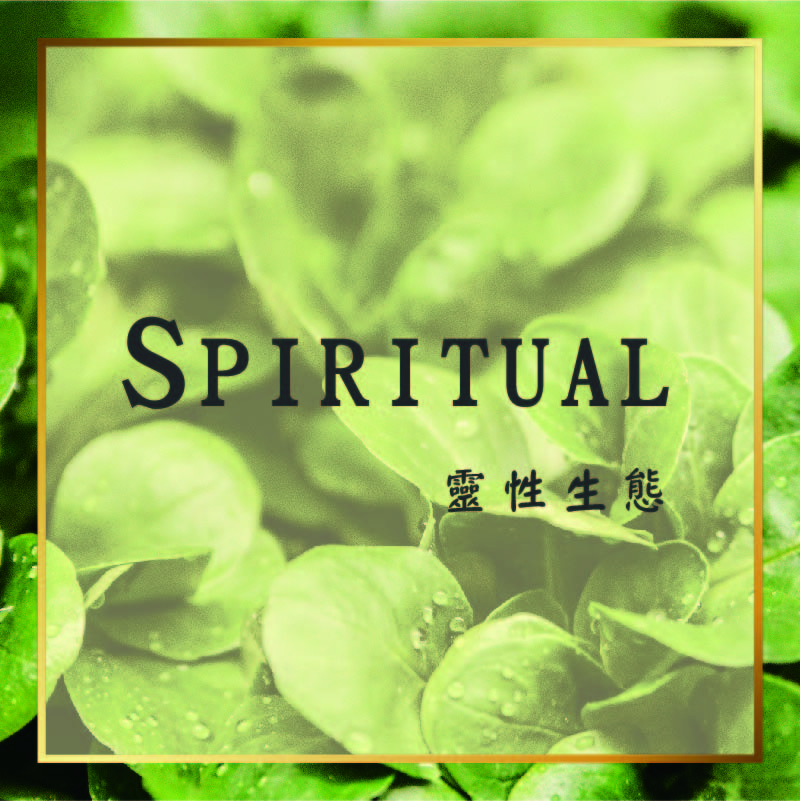
Heart Sutra Integrity: The Path of Emptiness
 There are currently only Chinese versions of the book, and no translations have yet been made.
There are currently only Chinese versions of the book, and no translations have yet been made.
Introduction
Self-Prologue/Heart Path Mage
The Heart Sutra is the thinking path of Buddhists, and all the ancient masters of Confucianism and Buddhism like it, regard it as the simplest and most understandable core of Buddhism, and it is also a sutra that the ancestors have spent the most effort on repeatedly explaining, interpreting, and disseminating with various ideas.
It can be said that people, large and small, will recite the Heart Sutra, which is of unparalleled value, and is the most widely circulated, most popular, and most essential Buddhist sutra.
Well, I am a person who likes to practice, and here I am talking about the Heart Sutra from the perspective of cultivation, and I hope that this experience can be used by people who want to practice, and it will be beneficial to the practice!
Contextual Summary:
The Heart Sutra is mainly talking about the method of centrifugal consciousness, which is the path of the mind, a path to enlightenment, to nirvana, that is, the basic path to emptiness.
Here we will outline the main points and then move on to the scriptures.
Since we have no beginning, reincarnation and birth, suffering and suffering, learning Buddhist practice is to find the way home, back to which home? The home of non-dharma, the home of emptiness, return to the home of "reality without phase."
How do you get back to "reality has no phase"? We must enter the "reality without phase" from "contemplating Prajnaparamita" and return to our nirvana mind, let the mind return to the position, let the mind dwell in the mind position, and let the dharma dwell in the Dharma position. The Heart Sutra ensures the quality of our practice according to such a core principle.
The Heart Sutra as a whole corrects our concepts, allowing us to understand from words, practice from contemplation, and perceive from reality.
The following is the core rationale based on the three kinds of pranayama: literal pranayama, contemplative pranayama, and reality pranayama.
The "literal pranayama" is a tool called convenience, from smelling to thinking, thinking and practicing, into samadhi. Wen Si is to correct the concept first, correct it until it is clear and clear, and then think and practice.
Cultivation is the practice of doing "contemplation of Prajnaparamita" in the present quantity, which is called practicing deep Prajnaparamita. "Going deep" is to do more, to do continuously, to keep doing witnessing. When you see that there is no phase, there is no dwelling, no dwelling can be empty, and being empty can be complete.
Emptiness to perfection, the extinction of all birth and extinction, the naked manifestation of our true nature, this is the fruit of "reality-likeness", entering into the unhindered essence, returning to the home of reality without phases, that is, the home of emptiness. From this point of view, we enter the realm of Chen, the realm without a realm, the world of perfection, and the world of enlightenment.
What is Chen without a realm? If the mind has a realm, the mind and the realm become relative existence, there is bondage, it is the realm of birth and destruction, the relative realm. What we seek is Chen. The State of Chen is the absolute state of mind, the state of mind without opposites; we often say that "we do not take the Universal Dharma as a companion", and the mind and all things no longer arise accordingly, because they are in the same emptiness and are not partners, thus producing the mind of "no dwelling", no longer having a state of mind, no opposite, in order to overcome all suffering and completely solve the occurrence of suffering.
True Chen is to be directly detached from the phase in real life, how to face life to the point, let the mind come alive, walk in the clouds and flow, should have no place to live and give birth to its mind, not to be troubled by the phase.
Where did the teachings of "Chen" come from? Once, Shakya Buddha was picking flowers for the masses on the Vulture Mountain, and at that time, everyone didn't speak, only Kaya Ye looked at it, understood the Buddha's intentions, and smiled, and from the Buddha's flowers he could realize the nature of the mind, which was the highest level of practice, so Shakya Buddha said, "I have the Dharma Eye Treasure, the Nirvana Mind, the Reality Without Phase, the Subtle Dharma, the Subtle Dharma, the Teachings of Others, and the Instructions to Mahakaya."
Buddha said! We all have a hidden and undiscovered "Dharma Eye," and now we have passed it from heart to heart, and it is good to pass it on! In this way, the first public case of Chen was left behind. What is this hidden "Fa-rectification eye"? It is the clear and empty view and the clear and empty mind that everyone has and does not know. Then, the Buddha also performed the Heart Sutra at the Spirit Vulture Mountain.
We cannot know Chen Buddhism without the law of "Nirvana Mind, Reality Without Phase, And Non-Literality", to know this source and the Dharma realm.
When we use words, there are two phases, phenomena and mental phases, as long as the language can be spoken and the words can express, they are not "real", they are all ignorant of reality. You think it is, it's an illusion. So don't underestimate this sentence "no text", thinking that it is not important, not standing words, in order to get out of phase, this is a very important key!
Chen is a means of leaving the mind, removing phenomena, and entering reality, called "getting rid of the root dust and shining with a single light."
Think, can't do; do, do. Practice is practice, and practice is not easy. Meditation is the honest practice of stopping and contemplation.


